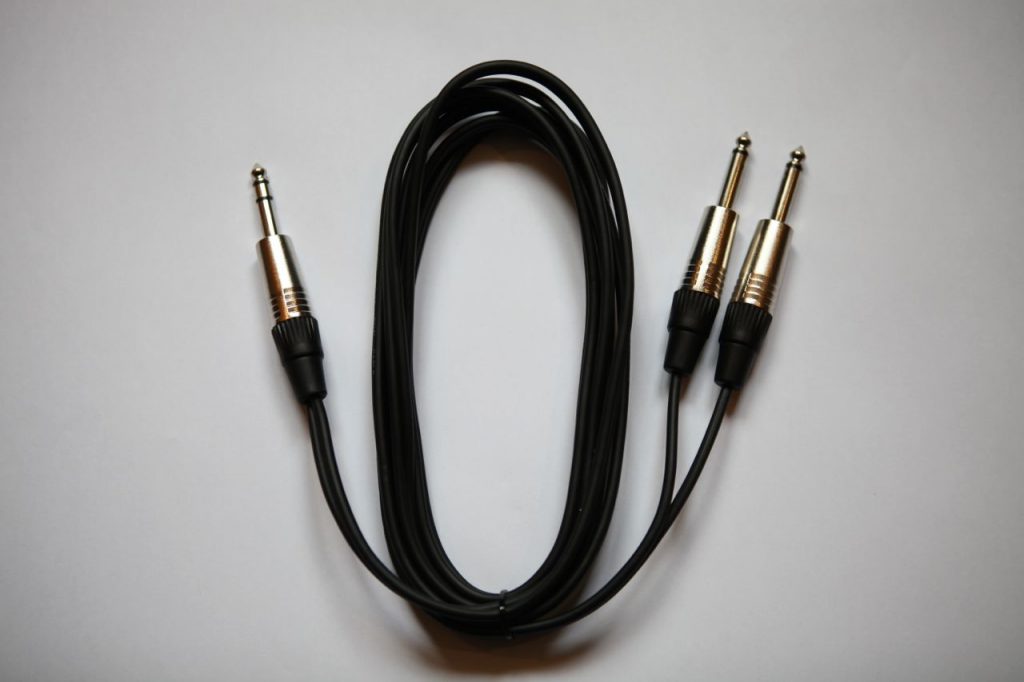

- JACK CABLE KREBS RANSOMWHERE 32M PAGETECHCRUNCH CODE
- JACK CABLE KREBS RANSOMWHERE 32M PAGETECHCRUNCH MAC
Mac users are certainly an attractive target. Then in March, Mac users were hit by KeRanger, the first ever OS X ransomware found in the wild.Īs the competition among ransomware creators intensifies, many of them will likely to branch out to other platforms in search of new victims. In February, malware researchers spotted a new ransomware program being sold on cybercriminal forums that had versions for both Windows and Mac. There are already ransomware variants that infect Linux-based Web servers, and researchers have created proof-of-concept ransomware programs for OS X to show the platform can be affected. Until recently, ransomware creators have almost exclusively targeted Windows computers, but that has started to change. That is to say, if a new piece of OS X ransomware was designed to specifically bypass RansomWhere? it would likely succeed." First, it is important to understand that the protections afforded by any security tool, if specifically targeted, can be bypassed. "However several design choices were consciously made - to facilitate reliability, simplicity, and speed - that may impact its protection capabilities. Chris Krebs says pipeline attack shows ransomware 'truly is a business risk' 05:59 The following is a transcript of the interview with former CISA Director Chris Krebs that aired Sunday, May 16. "RansomWhere? was designed to generically stop OS X ransomware," Wardle said in a blog post.

Their number should be in the single digits, though. While good at blocking opportunistic ransomware attacks in general, RansomWhere? does not provide perfect protection, nor does it claim to have a 100 percent detection rate.įirst of all, RansomWhere?'s blocking mechanism will only kick in after a ransomware program has encrypted a few files. This provides users with an opportunity to whitelist legitimate encryption programs they know and trust. When RansomWhere? suspends an encryption process, it prompts the user to allow the operation to continue or to terminate it.
JACK CABLE KREBS RANSOMWHERE 32M PAGETECHCRUNCH CODE
The tool also won't work if any ransomware programs that later infect the computer hijack or inject code into Apple-signed applications and use them to encrypt files.

This means that in order to work as expected, the tool needs to be installed on computers that haven't already been infected with ransomware. To limit false positives - legitimate encryption programs being detected as ransomware - the tool whitelists all applications signed by Apple and most of those that already exist on the computer when RansomWhere? is first installed. When such activity is detected, RansomWhere? determines the process responsible and suspends it.


 0 kommentar(er)
0 kommentar(er)
